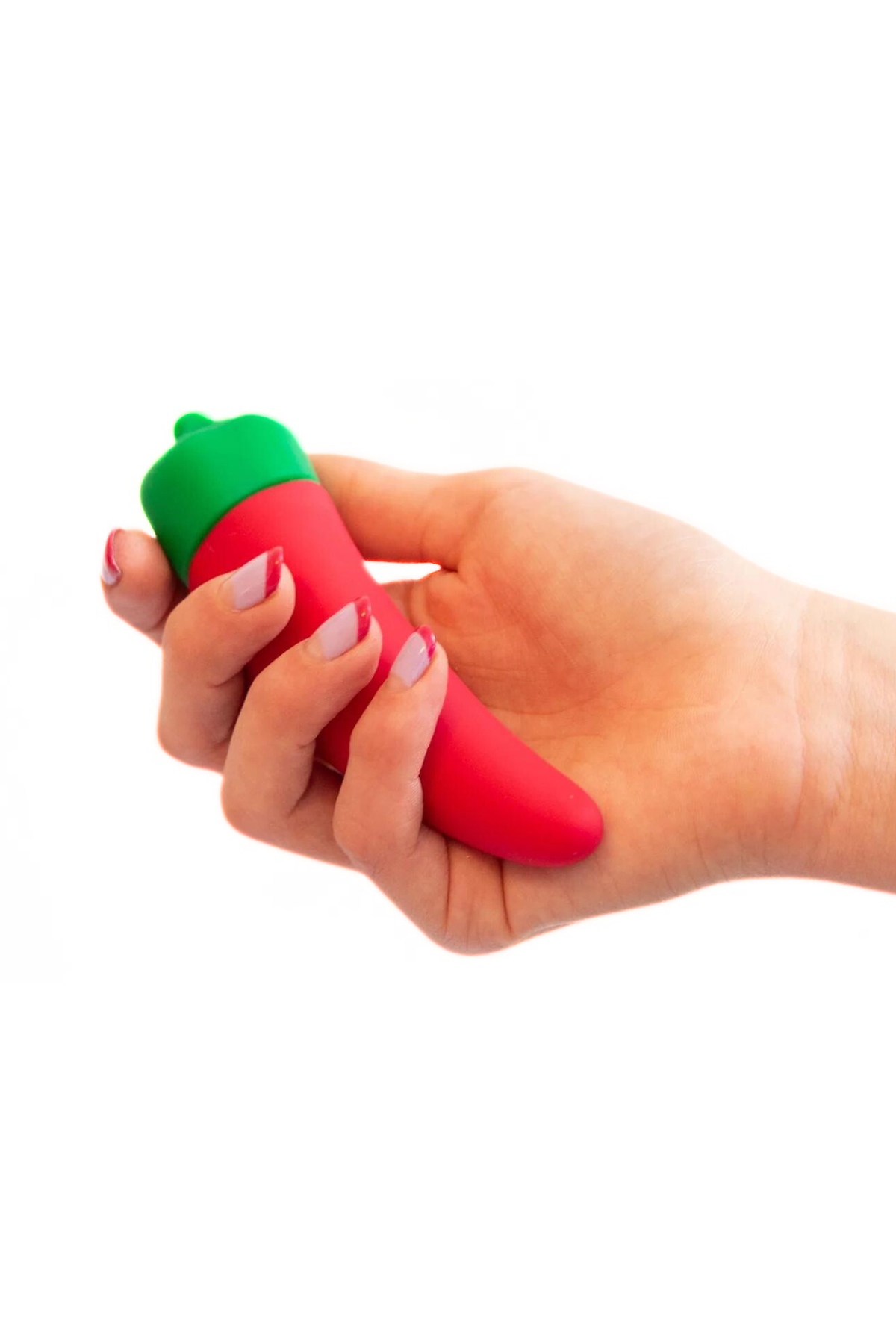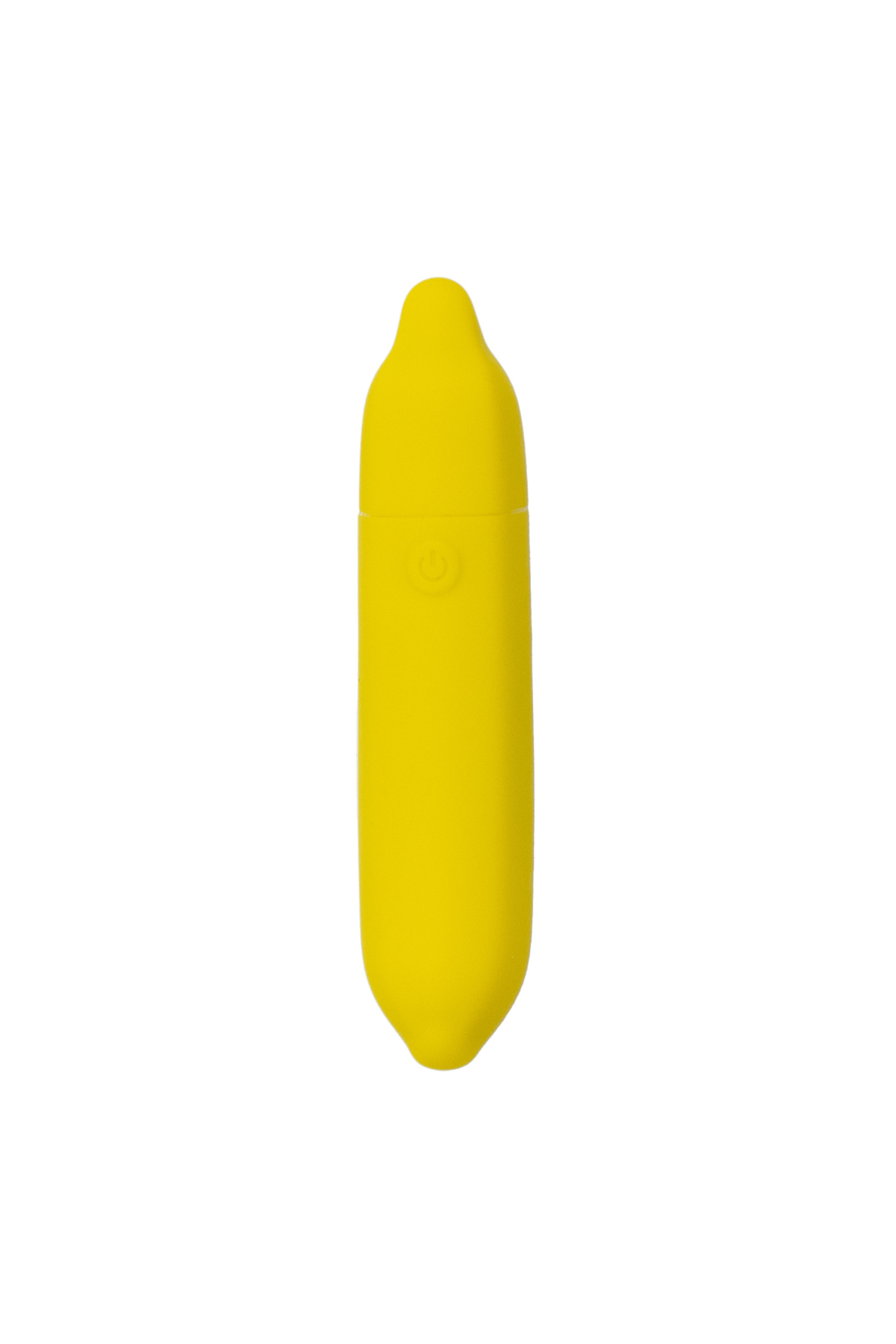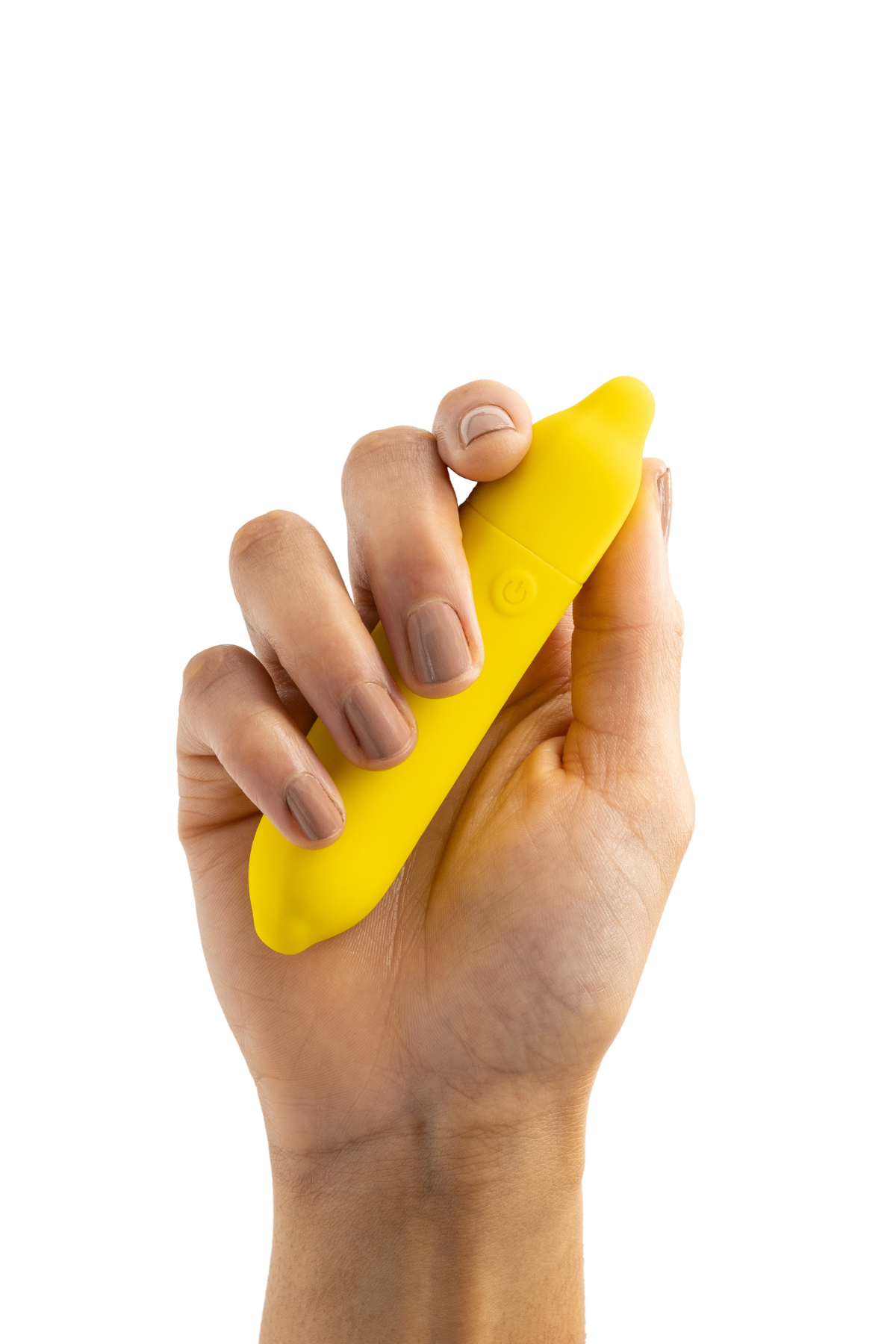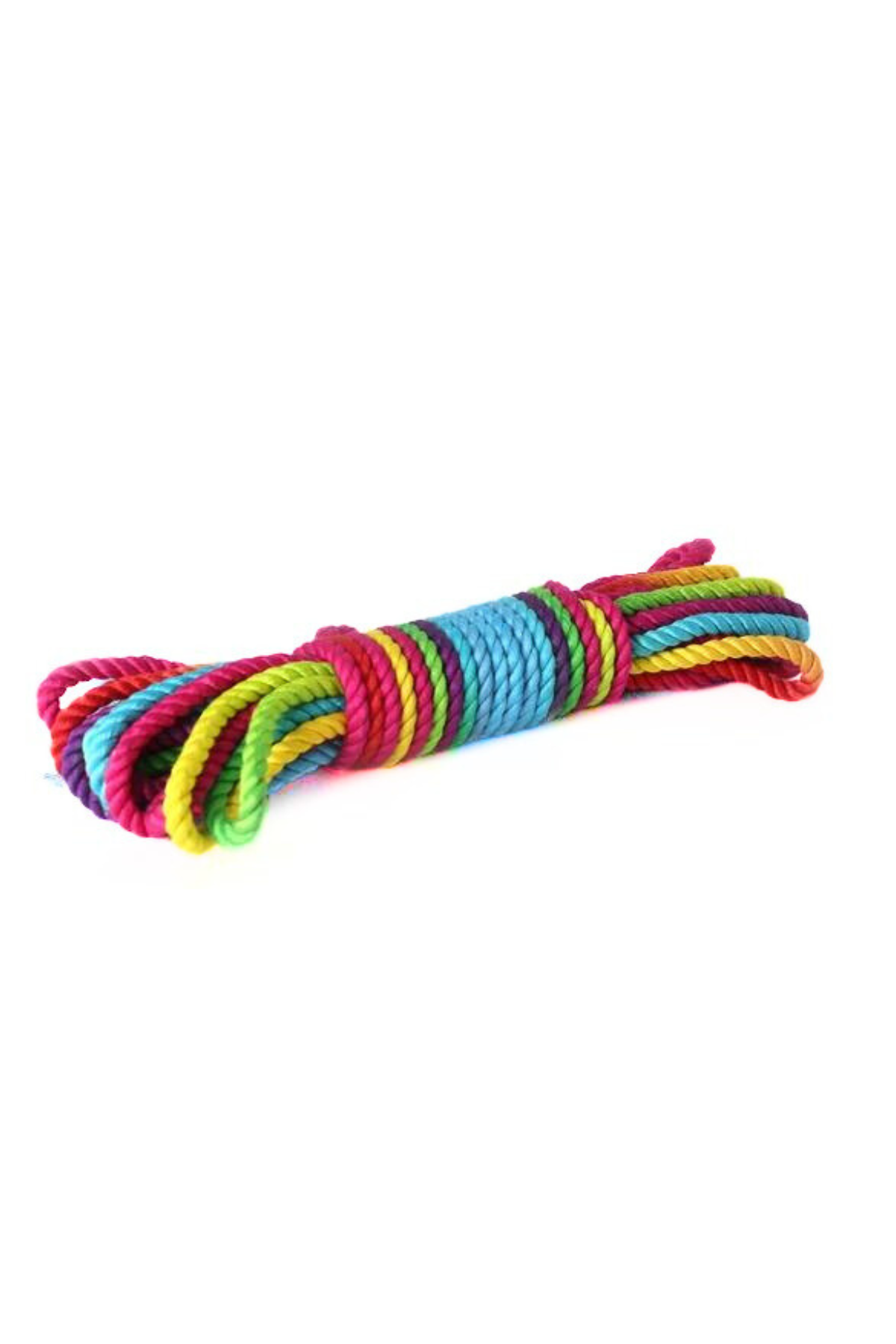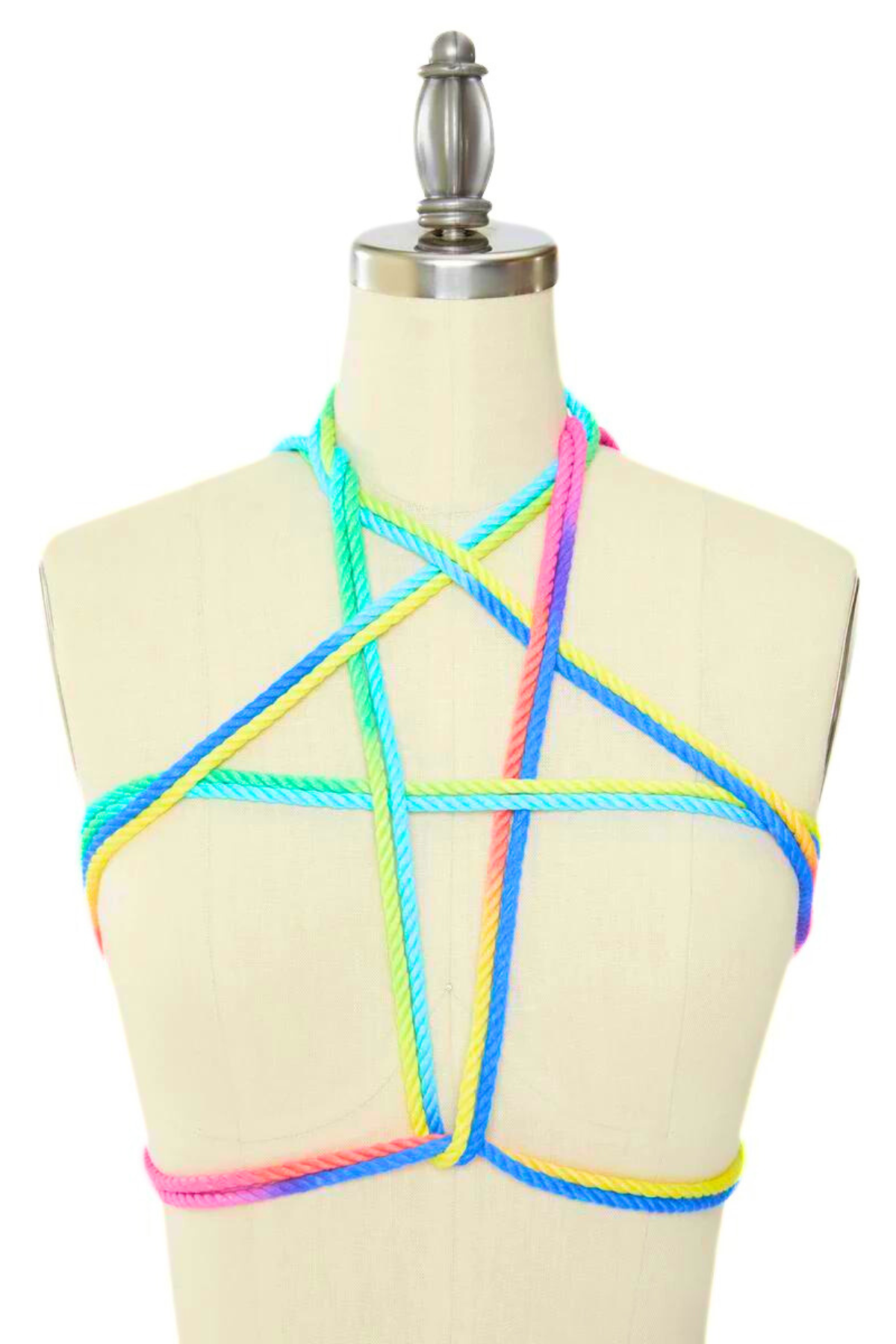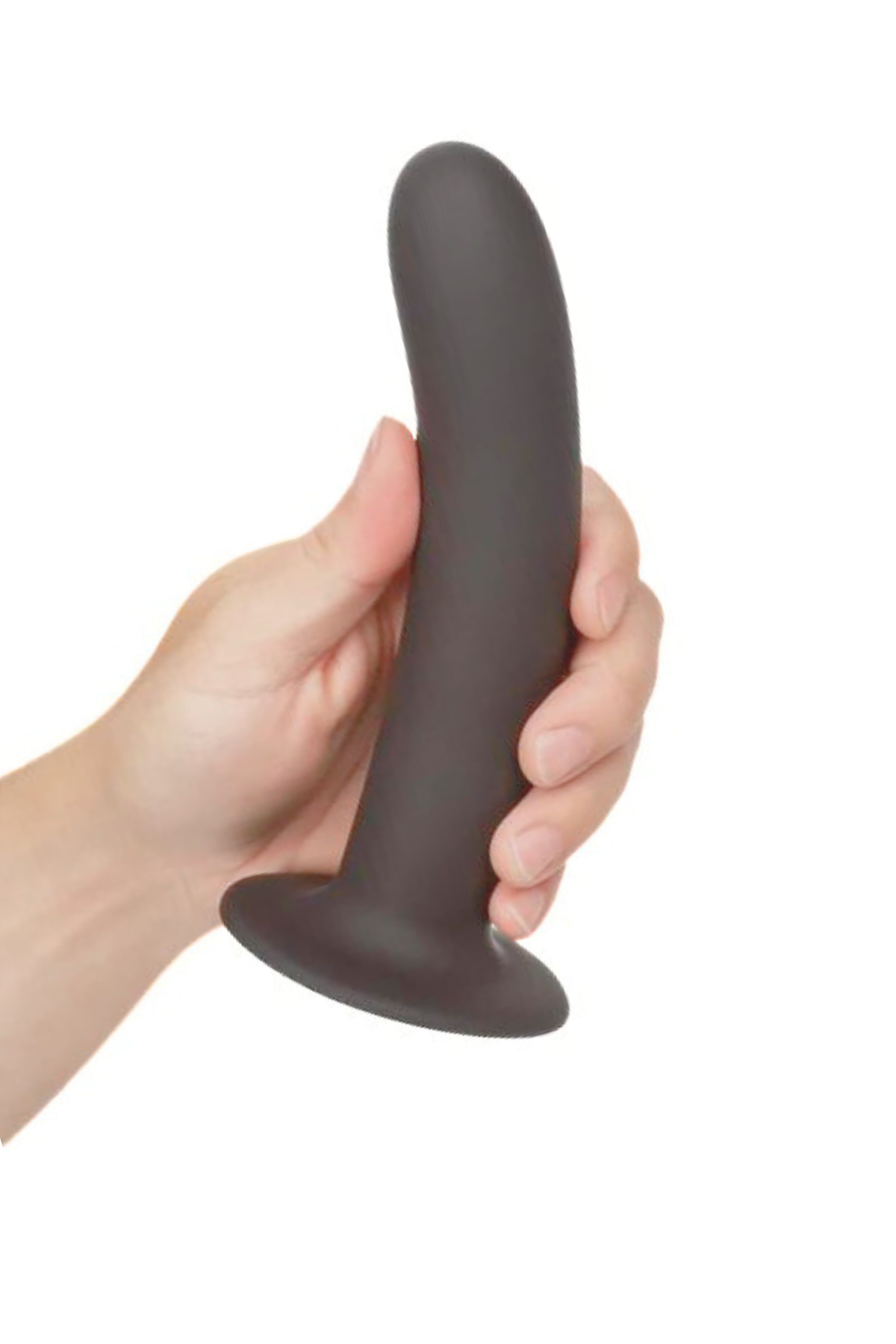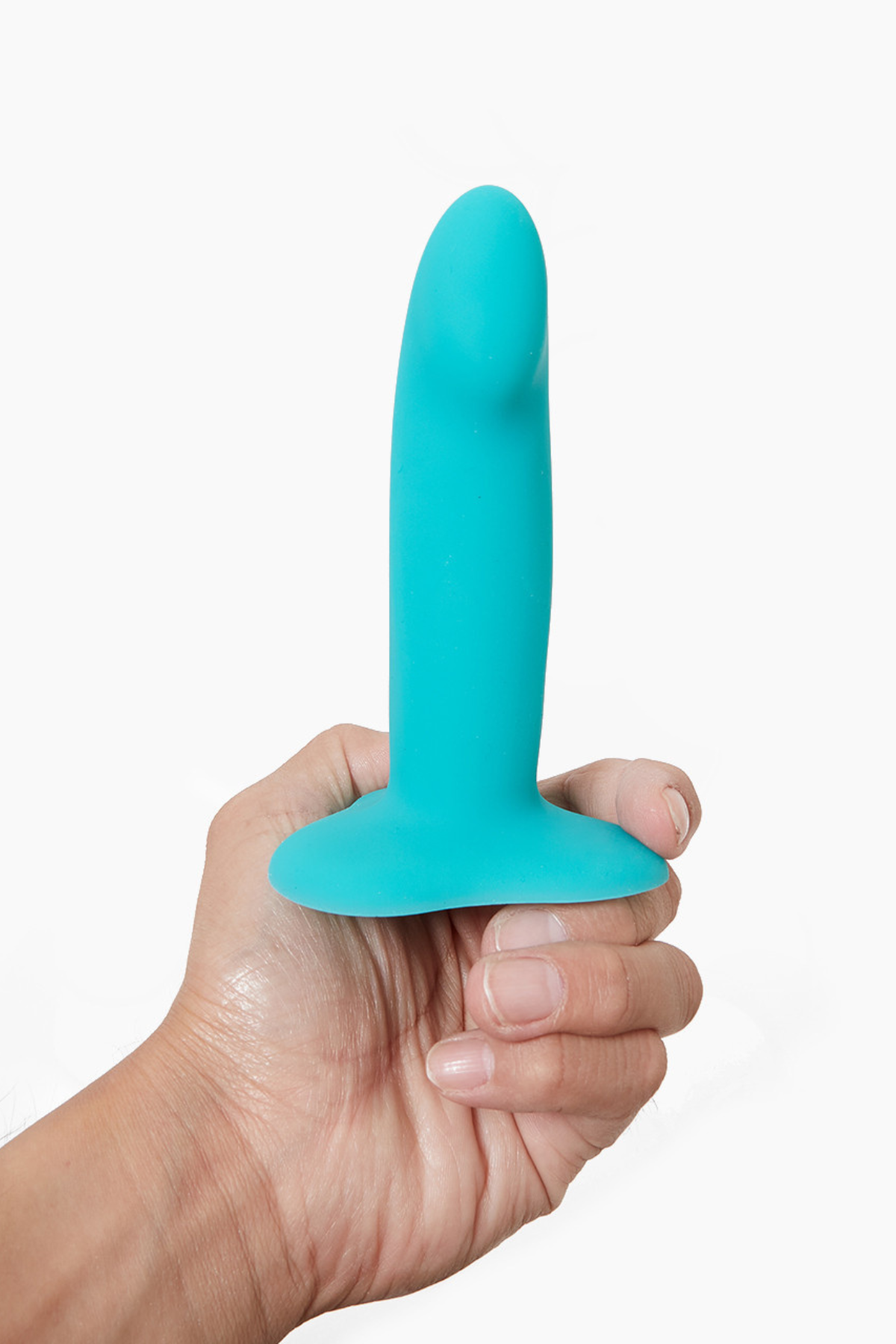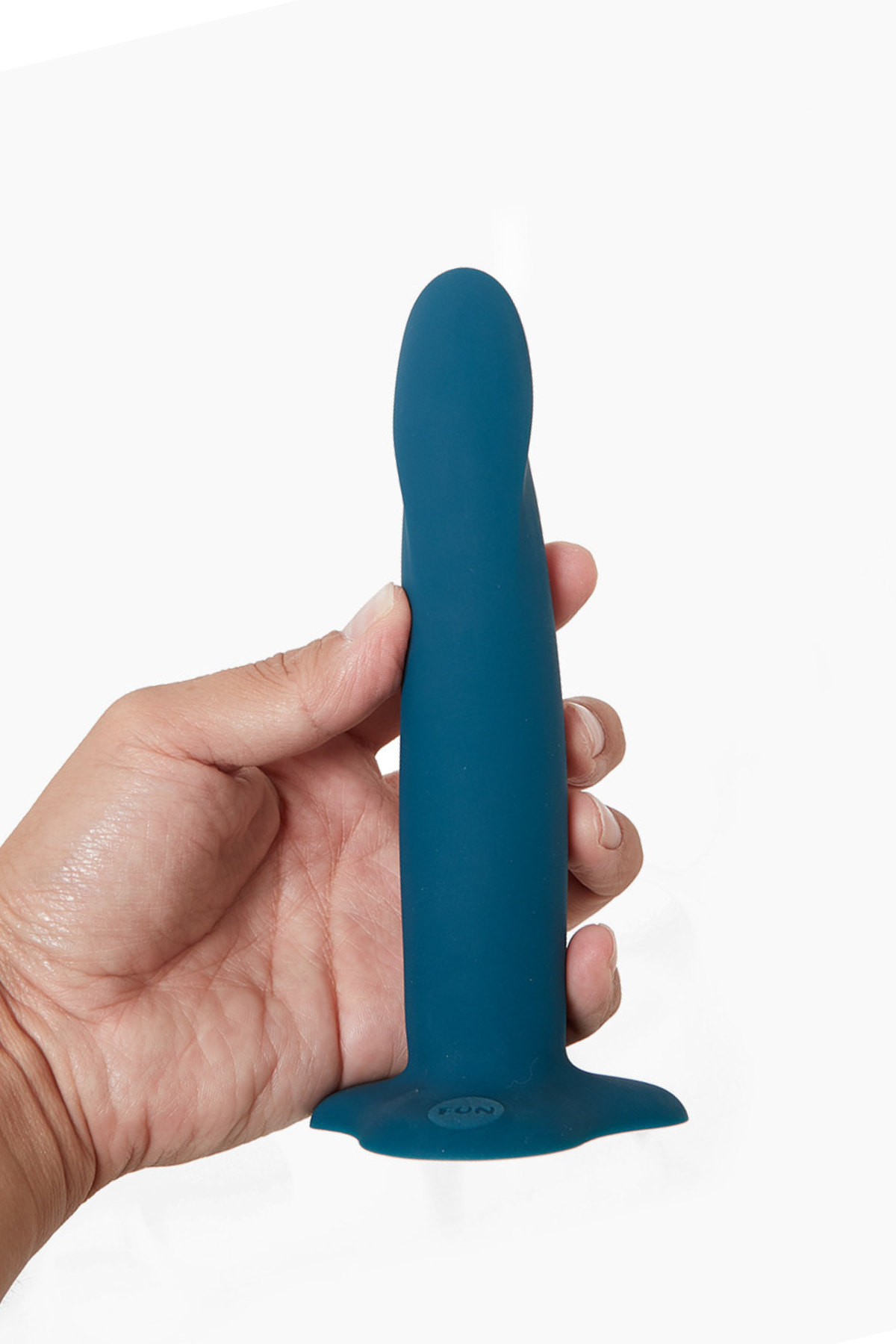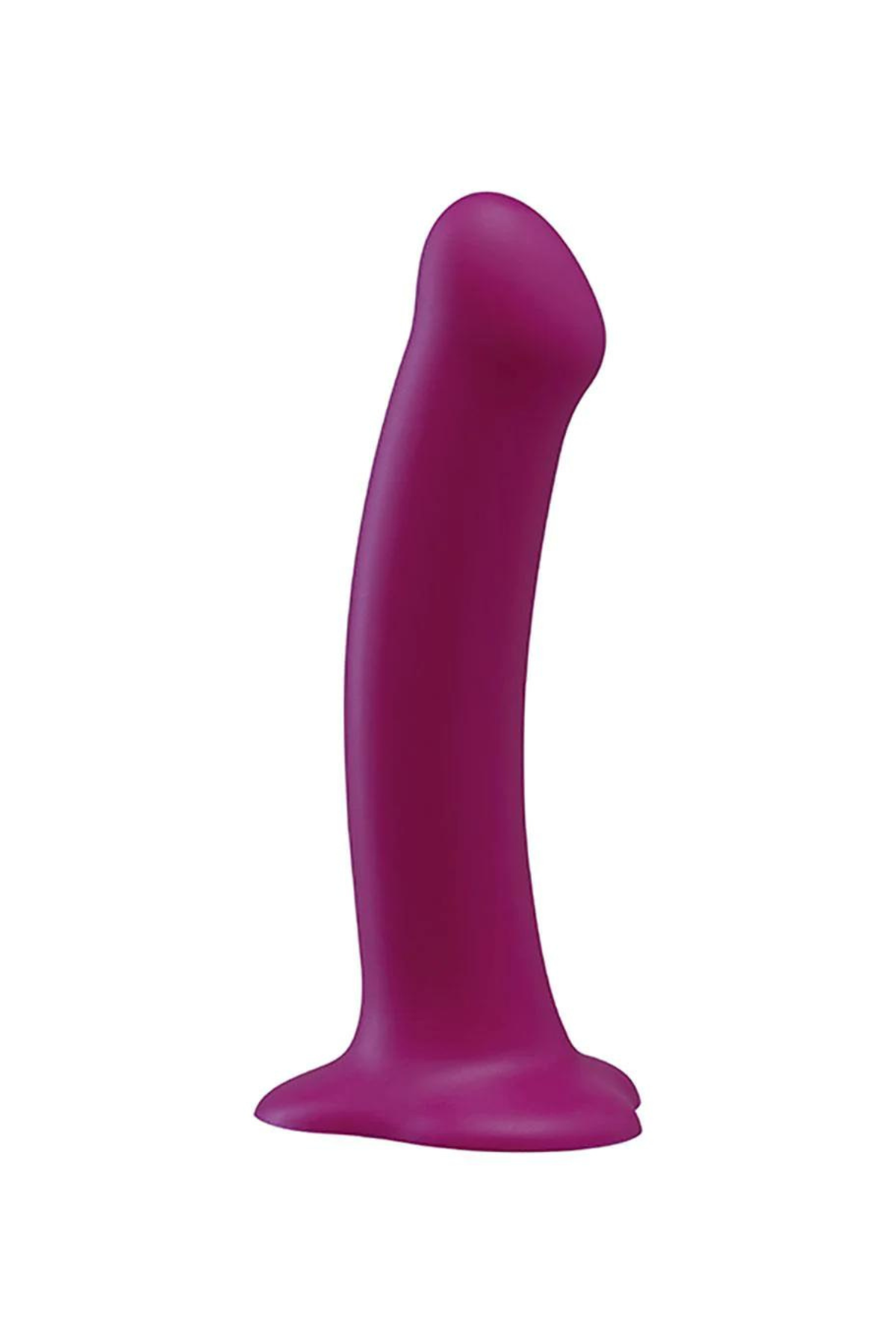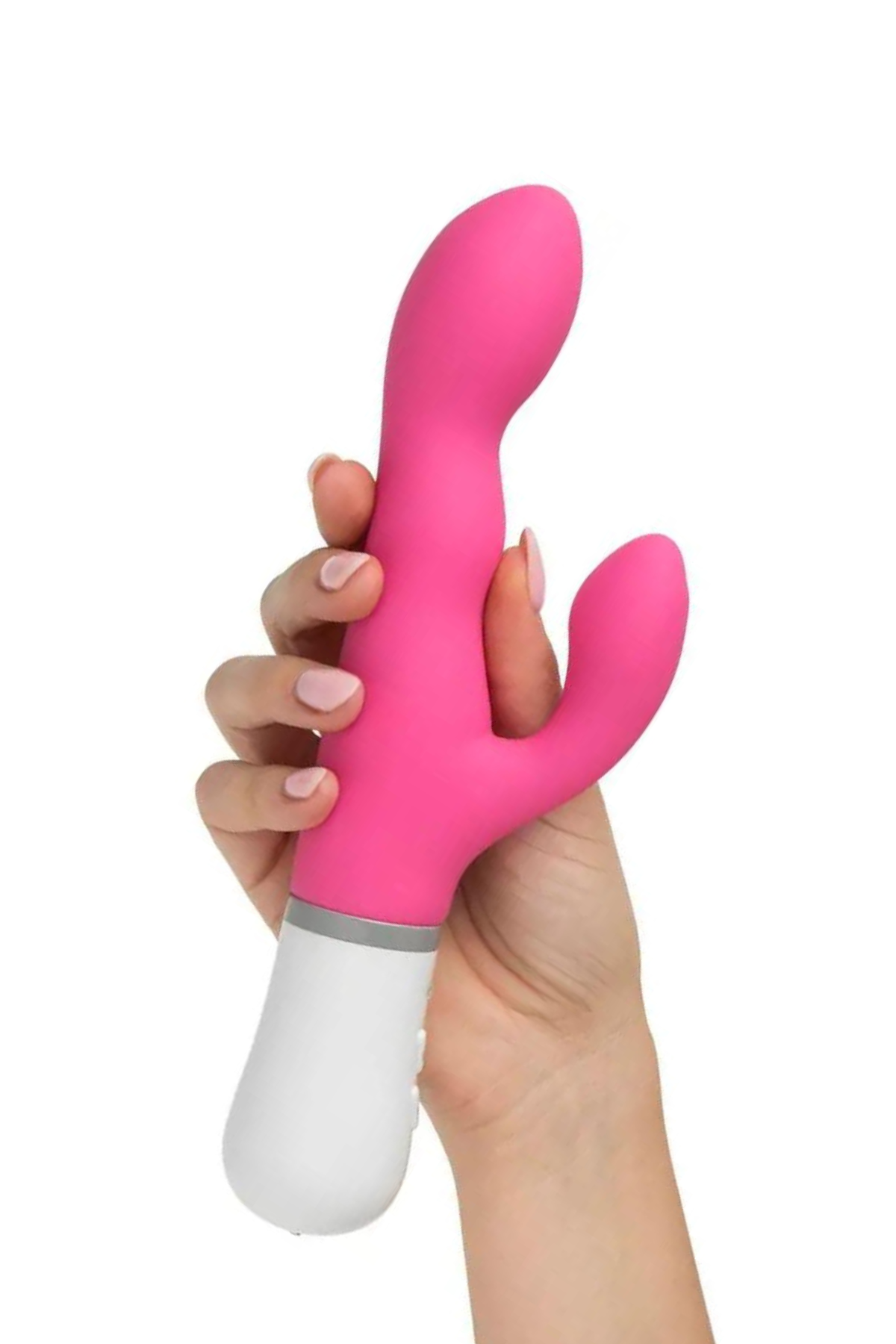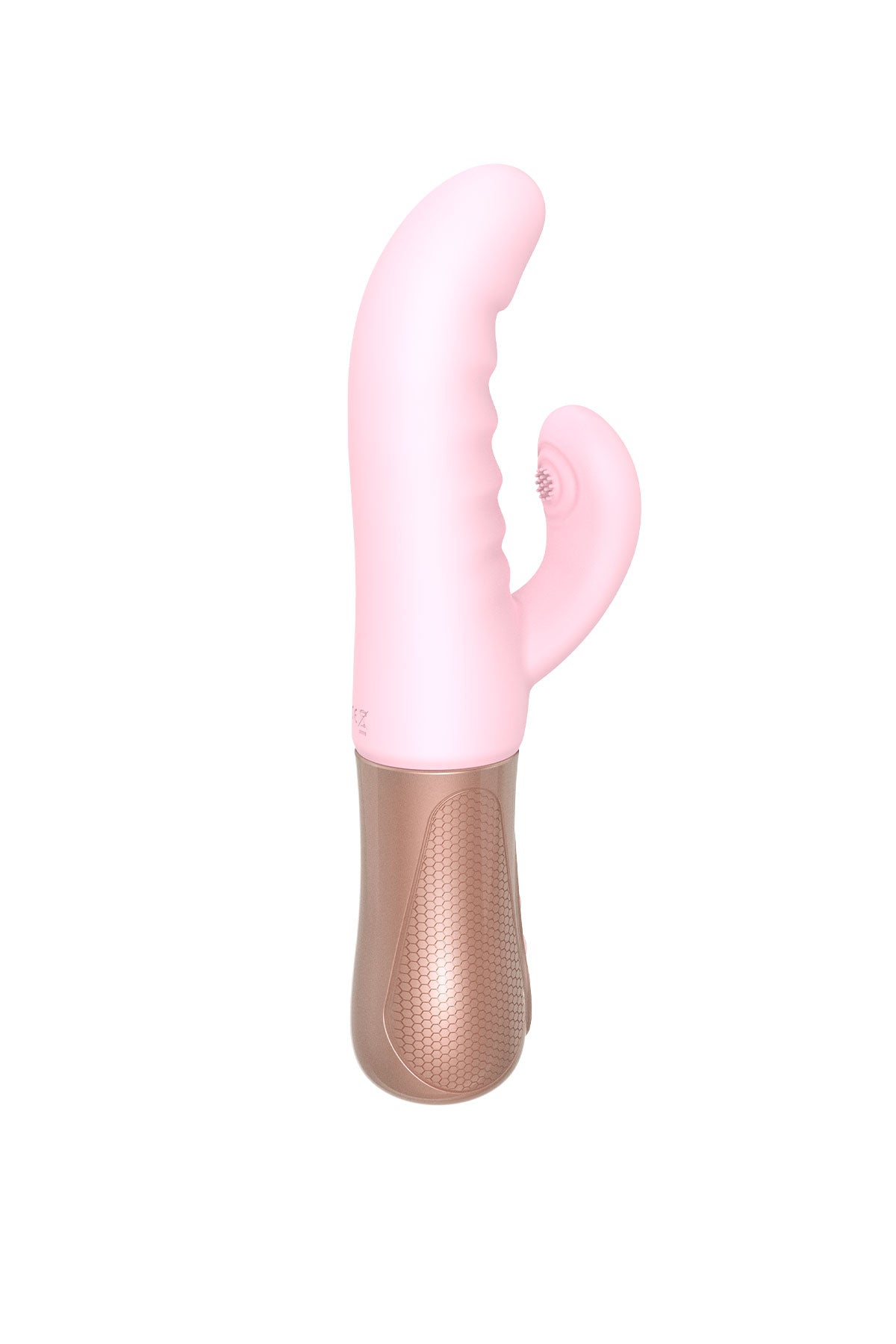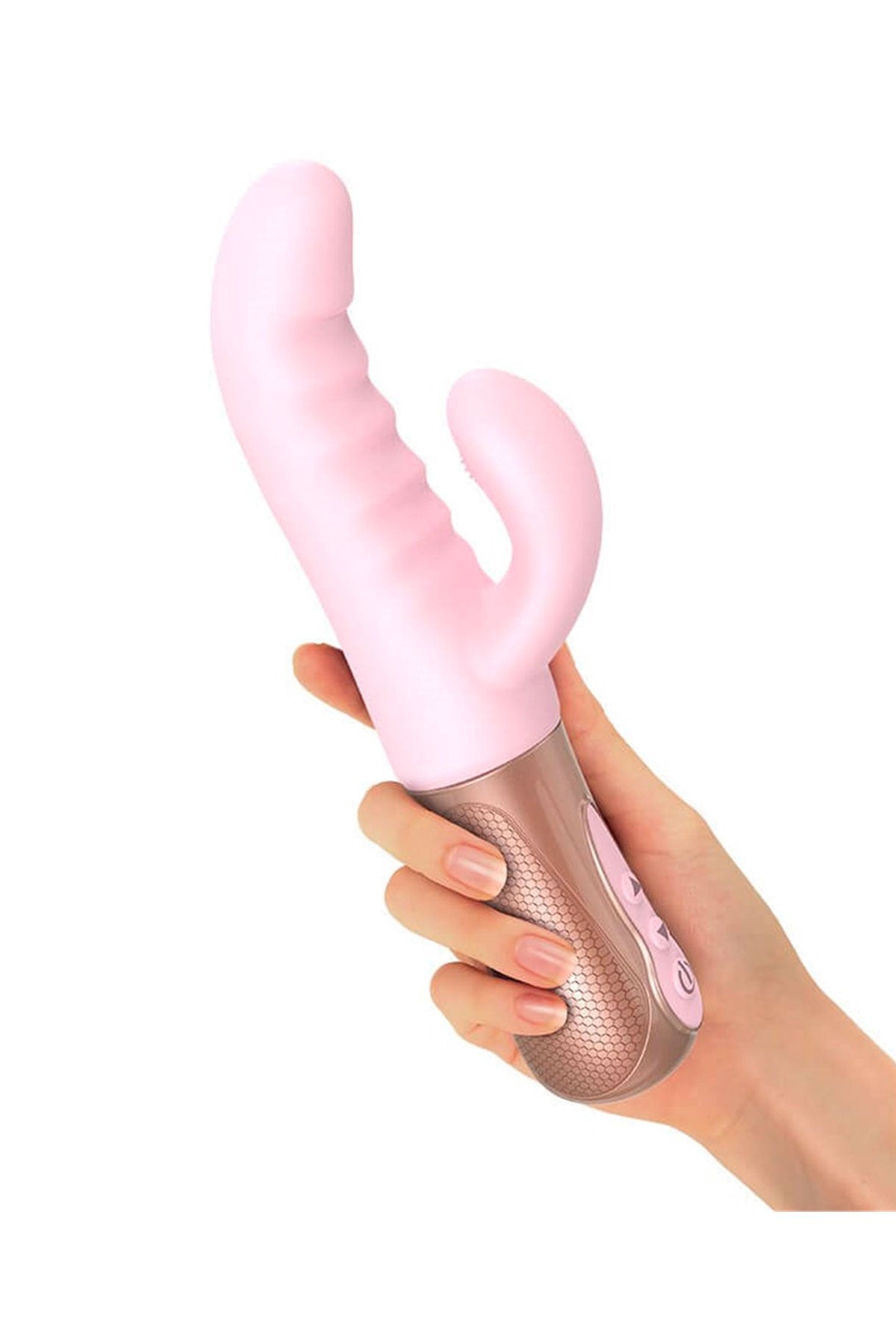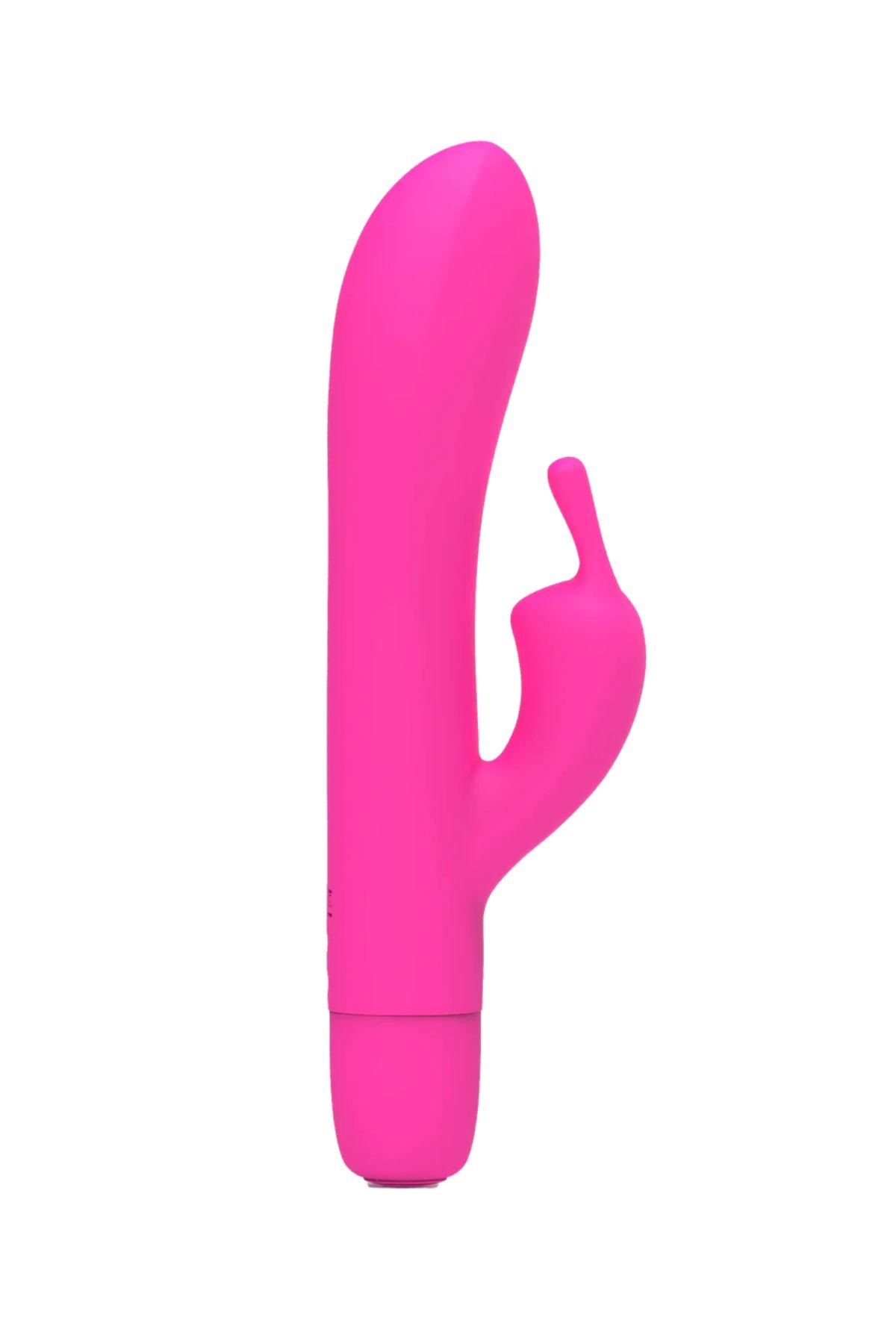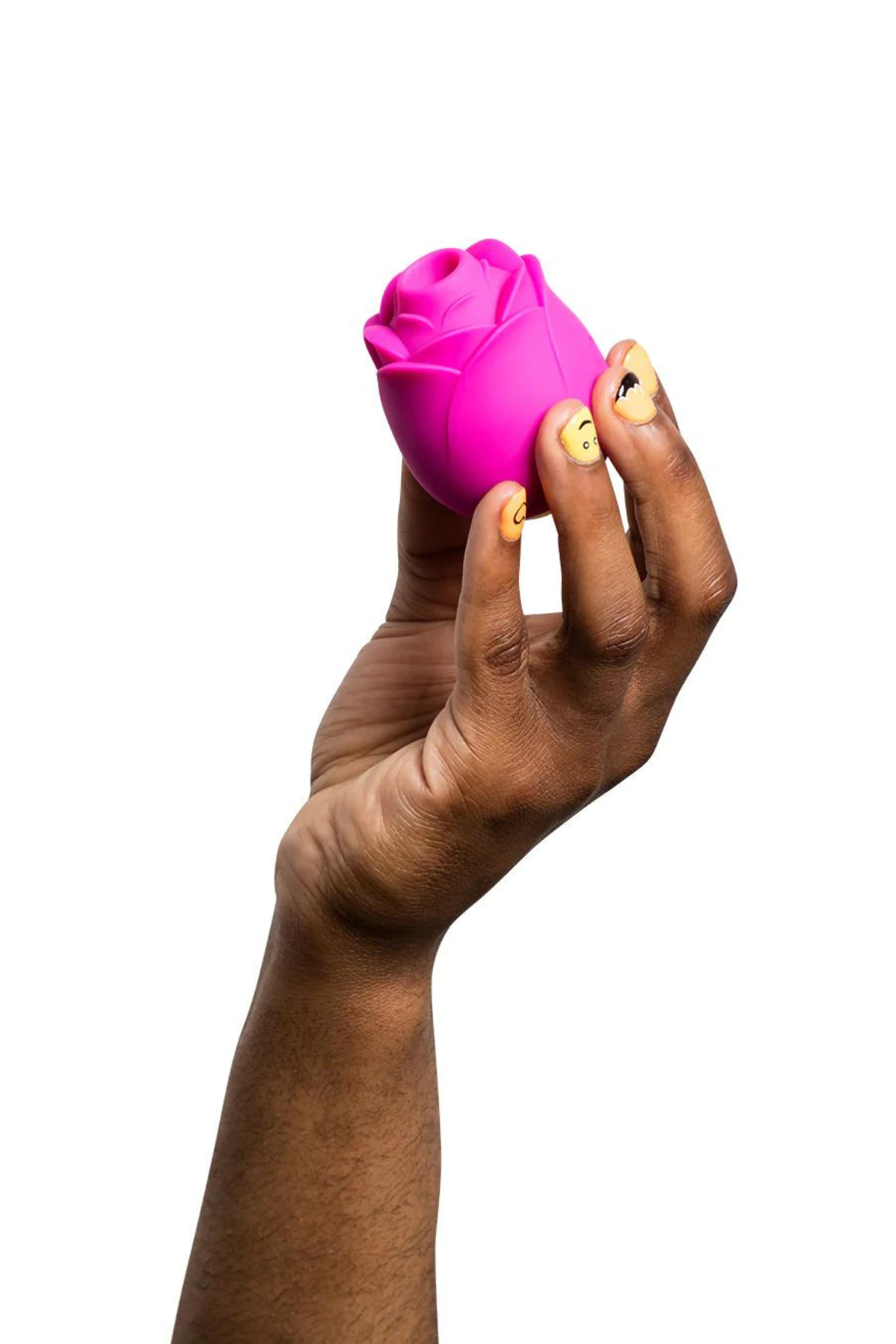BDSM for Beginners
It's Not All Whips & Chains
Ever since Fifty Shades of Grey hit the bookstores, a lot more folk have taken an interest in BDSM relationships, which is understandable! Some get a thrill out of it, which is OK, but we advise all Newbies to get their facts together before indulging. Our BDSM Guide for Beginners will help you and your partner investigate and define what you want to embrace and what to discard.
“Bondage and BDSM” is not always about whips and chains. If you’re interested in dipping your toes into these erotic waters but have no idea where to start, Our BDSM manual is an excellent place to go.
What is BDSM?
BDSM stands for Bondage (and discipline), Domination (and submission), Sadism and Masochism. From light bondage and erotic spanking to advanced suspension bondage and electro-stimulation, BDSM can be as hardcore or as subdued as you want. However, it can also be dangerous, so please always proceed with caution.
Bondage & Discipline
The BDSM Bondage and Discipline concept is the sexual interaction where a submissive partner allows themselves to be manipulated by a dominant one.
To restrain the Submissive, the Dominant can utilise a host of tools, from Shibari (a Japanese rope form of bondage) to handcuffs. There are, of course, more advanced toys, such as ceiling hooks and bondage cages, which, because of their nature, need to be handled with respect.
Discipline In BDSM means behaviour modification through punishments, both physical, such as cheeky spanking, as well as psychological, such as erotic humiliation, to achieve the desired goals.
Dominant & Submissive
In the world of BDSM, there are always Dominant and Submissive parties.
The Doms (responsibly) dominate their partners into compliance. A male Dom is usually called a Master, and a female Dom is addressed as Mistress or Madam.
Then there are the Subs. Submissives surrender control and all refusal rights to the Dominant in order to embrace the dynamics of the relationship fully. Males and females alike can be Subs. A good idea is to set the roles of Doms and Subs in your relationship before even beginning any activity.
Defining Your Roles: Dominant or Submissive
Having differing sexual desires and turn-ons from others can be confusing – yet it is pretty standard. Let us define for you:
A Dominant means the one in control – singularly ruling over the whips, paddles and chains, blindfolds and gags or restraining cuffs, etc. With these aids, the Dominant thrills and arouses their Submissive. The Submissive entrusts their body to their Master and submits to their commands, savouring the titillation brought on by this capitulation. In a D/S relationship, there is a not-to-be-broken trust that is developed and fortified with each bondage interaction.
Delving into Dominance
Deciding on your role can feel natural and spontaneous, or it could be testing. As we said earlier, a Dominant is the one in control. The sexual success of a great Dominant is the result of being a good leader. After all, you are leading your partner through intense pleasuring, so you need confidence and conviction when holding the reins.
To be a Dominant, you must also be able to take responsibility for both yourself and your Submissive. Communication is vital in this situation. You cannot lead if you cannot negotiate or react to sudden warning signals timeously.
Seeking Submission
In your heart of hearts, if your foremost wish is to serve someone else, you are probably a Submissive. When you are a Sub, you will respond physically and sexually to Dominance directed at or around you. You want and need to be controlled to reach satisfaction.
Just because you are the Submissive does not mean you lack control. Ideally, you will discuss the process with your partner to iron out any discrepancies beforehand. Submission is not restricted to gender either - there are men who are Submissives, and this does not necessarily mean male Subs are any less masculine. Respect him for his diversity in desires and appreciate his trust in you.
Baby Steps into BDSM
It is crucial to take it slowly when venturing into BDSM. Whispering, “Do you have anything to tie me up with?” may be better than surprising him with the topic on a dinner date or showing up at the door with corset and whip.
So, what is the first step? That is really up to you. Simply holding the Submissive’s hands down above their head, grabbing a pair of cuffs as you make love, or controlling the timing of their orgasm are all trusted practices. Collars can be seductive because you can lead the Submissive down a rabbit hole of pleasure. Vibrators and dildos can control your lover's sexual exhilaration to the 'nth degree. There are any number of ways to start you on your adventure together.
A word of advice: have a plan in place as you commit to your first BDSM episode. BDSM should not be a fractious, disorganised mess. The Dominant is the one who calls the shots, so know your roles beforehand and stick to them.
Matilda’s Tip: When starting a BDSM relationship, we strongly suggest creating a Safe Word. It can be anything but one that both parties understand. This can be reassuring if you’re not quite sure about the whole BDSM concept. Once you learn and understand the basics, you can explore further intricacies of your personal BDSM play together.
You will find more info in our Intermediate BDSM Guide and our Bondage Collection for BDSM toys.











